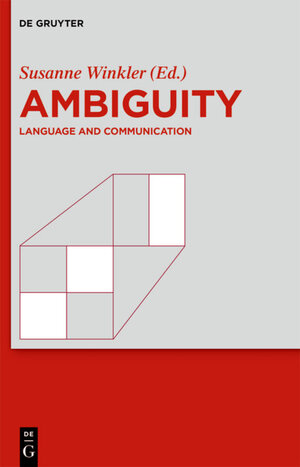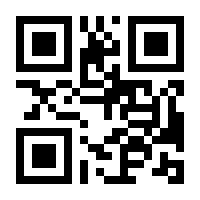
×
![Buchcover ISBN 9783110403633]()
This edited volume investigates the concept of ambiguity and how it manifests itself in language and communication from a new perspective. The main goal is to uncover a great mystery: why can we communicate effectively despite the fact that ambiguity is pervasive in the language that we use? And conversely, how do speakers and hearers use ambiguity and vagueness to achieve a specific goal? Comprehensive answers to these questions are provided from different fields which focus on the study of language, in particular, linguistics, literary criticism, rhetoric, psycholinguistics, theology, media studies and law. By bringing together these different disciplines, the book documents a radical change in the research on ambiguity. The innovation is brought about by the transdisciplinary perspective of the individual and co-authored papers that bridge the gaps between disciplines. The research program that underlies this volume establishes theoretical connections between the areas of (psycho)linguistics that concentrate on the question of how the system of language works with the areas of rhetoric, literary studies, theology and law that focus on the question of how communication works in discourse and text from the perspective of both production and perception. A three-dimensional Ambiguity Model is presented that serves as a theoretical anchor point for the analyses of the different types of ambiguities by the contributors of this volume. The Ambiguity Model is a hybrid model which brings together the different perspectives on how language and the language system work with respect to ambiguity as well as the question of how ambiguity is employed in communication and in different communicational settings. A set of specific features that are relevant for the description of ambiguity, such as whether the ambiguity arises in the production or perception process, and whether it occurs in strategic or nonstrategic communication, are defined. The research program rests on the assumption that both the production and the perception of ambiguity, as well as its strategic and nonstrategic occurrence, can only be understood by exploring how these factors interact with each other and a reference system when ambiguity is generated and resolved. The collection Ambiguity: Language and Communication constitutes a superb introduction to the workings of ambiguity in language and communication along with extensive analyses of many different examples from different fields. As such it is relevant for students of linguistics, literary studies, rhetoric, law and theology and at the same time there is sufficient quality analysis and new research questions to benefit advanced readers who are interested in ambiguity.




